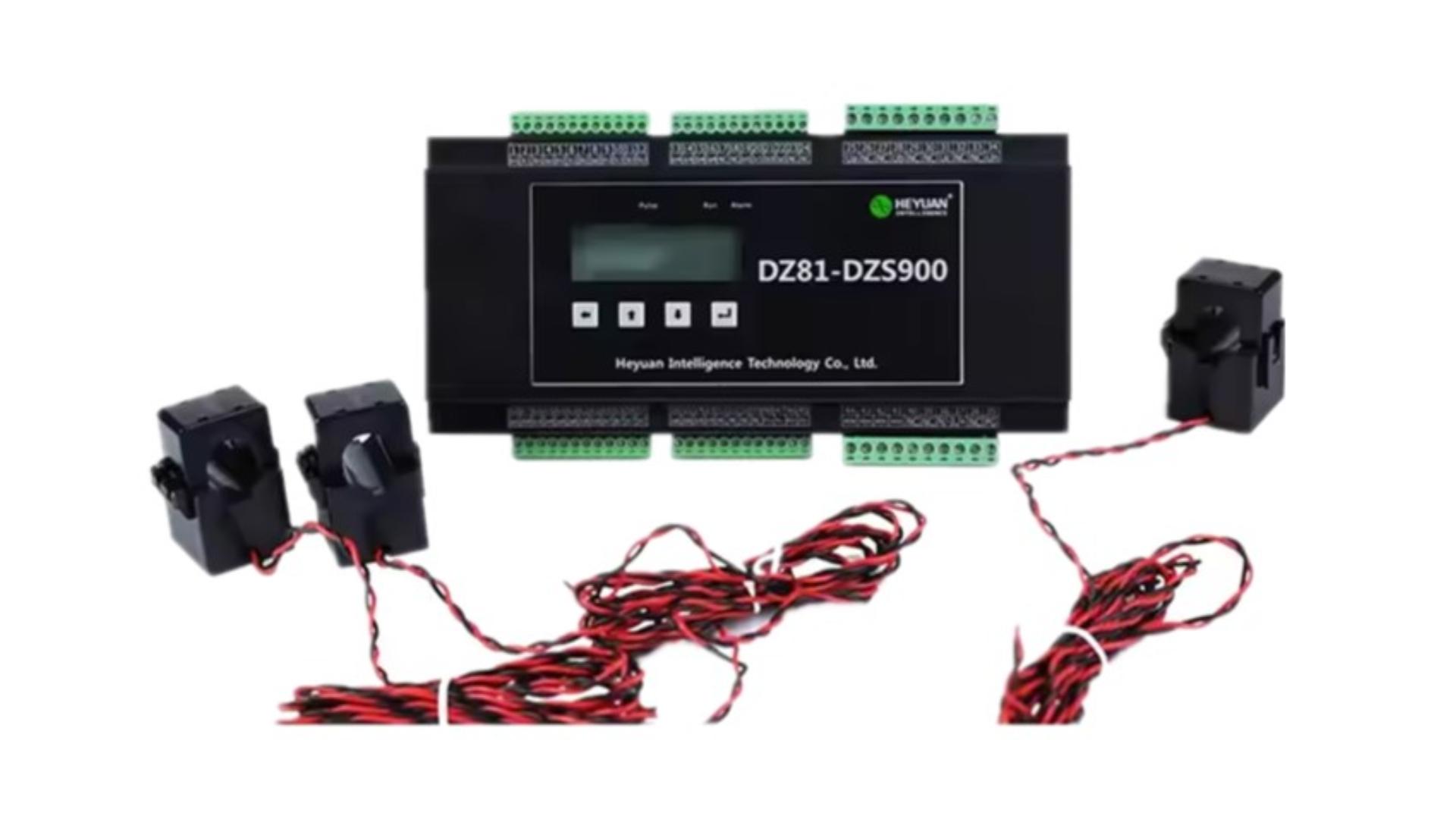
【Symbol】
T
【Unit】
The international unit is K (Kelvin). Other commonly used units include: Celsius (℃) and Fahrenheit (℉).
The relationship between Celsius and Fahrenheit: T(℉)=1.8t℃+32 (where t is the Celsius temperature and T is the Fahrenheit temperature).
The relationship between Celsius and Kelvin: K=t+273.15 (where t is the Celsius temperature and K is the Kelvin temperature).
【Definition】
From a microscopic perspective, temperature is the intensity of the thermal motion of molecules within an object. Simply put, it is the degree of hotness or coldness of an object.
【Hazards】
Firstly, excessively high temperatures can ignite combustible materials, directly causing fires and resulting in loss of life and property. The impact of temperature on electrical equipment is mainly reflected in the following aspects:
Impact on Metal Materials: As temperature rises, metal materials soften, and their mechanical strength significantly decreases.
Impact on Electrical Contacts: Poor contact is a significant cause of many electrical equipment failures, and the temperature of the contact points greatly affects the quality of the electrical contact. Excessive temperatures can cause severe oxidation on the surfaces of the conductors in contact, leading to a noticeable increase in contact resistance. This can cause the conductors and their components (parts) to overheat, and may even cause the contacts to weld together. For contacts held together by spring pressure, the spring force decreases as the temperature rises, further degrading the stability of the electrical contact and increasing the likelihood of electrical failures.
Impact on Insulating Materials: Excessive temperatures can cause organic insulating materials to become brittle and age, reducing their insulating properties and potentially leading to breakdown. The lifespan of these materials is also shortened. High temperatures can also significantly affect the insulating properties of inorganic insulating materials.
Impact on Electronic Components: High temperatures are detrimental to many electronic components. For example, high temperatures can cause thermal breakdown in semiconductor devices because the increased temperature enhances electron activation, allowing the normally non-conductive semiconductor layer to conduct electricity. High temperatures can also degrade the performance of electronic components. For example, at elevated temperatures, the reverse leakage current of electronic components increases, and the amplification factor decreases.
【Application】
Temperature measurement is required at locations prone to heat generation, such as electrical switchgear cabinets, high-voltage cables and joints, and high-current contact points.
Several temperature measurement methods and their characteristics are as follows:
【Products】/【Case Studies】
Electrical fire detectors JFDTA and JFDTA (RS485), as well as intelligent electrical sensing terminals JFDTD series, are all capable of monitoring cable temperature.
【Related Terms】
Electrical Fire
Smart Electrical Usage
Wireless Temperature Measurement
Temperature Monitoring
Temperature Sensor
Leave a Message
Your email address will not be published.
Posts
Products










